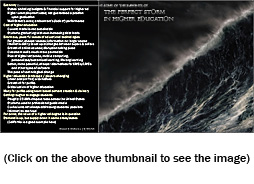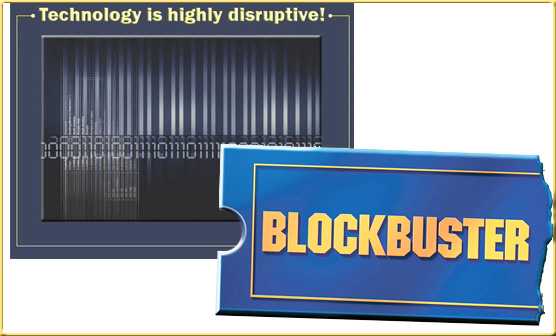It is time for a new kind of B-school: Blair Sheppard, Dean, Fuqua Business School — from MBAUniverse.com (original item from deanstalk.net)
As the world recovers from the crisis, B-schools need to adapt and change to serve the new realities. It is time for a new kind of B-school. That’s the message from Dr Blair Sheppard, Dean, Fuqua Business School, Duke University, USA, while speaking at the 3rd International Business School Shanghai Conference, hosted by the Antai College of Economics and Management, Shanghai Jiao Tong University in Shanghai, China on Monday, October 18, 2010.
Said Dr Sheppard, “Given the massive changes in the way business works today, compared to how things were 20 years back, it is clear that it’s time for a new kind of B-school. We need to reinvent MBA education, else we will become increasingly irrelevant.”
Dr Sheppard highlighted four key pillars of the new MBA model. He said that B-schools need to move from:
— Regionally based, to Global in form and spirit
— Isolated from the University, to Linked across the university
— Focused on Daytime MBA, to offering full suite of offerings
— From ‘disciplined-based’, to engaging the fundamental issues confronting the world












